(26227 products available)


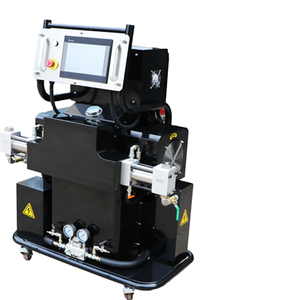

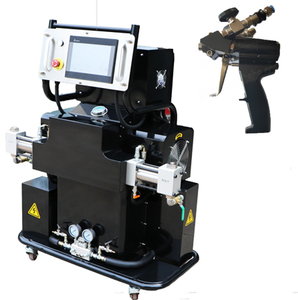
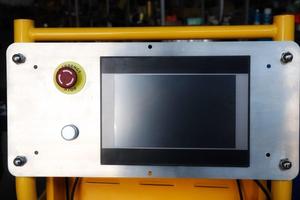





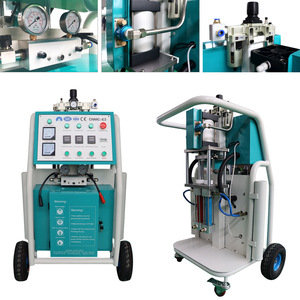





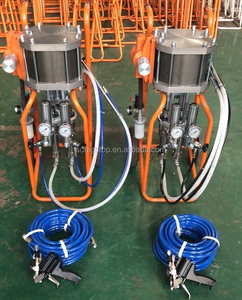























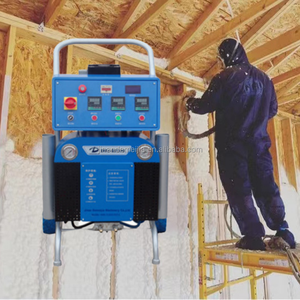
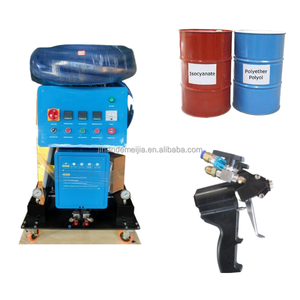


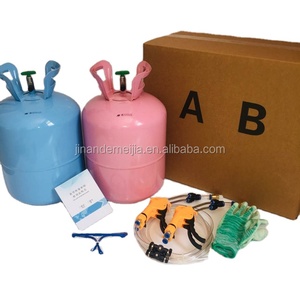









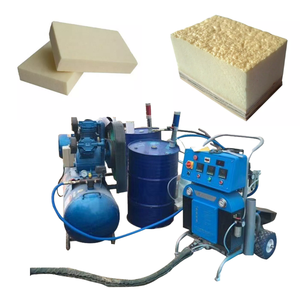



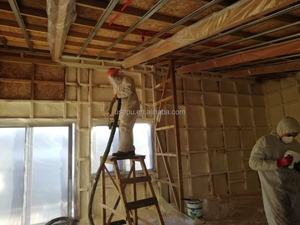









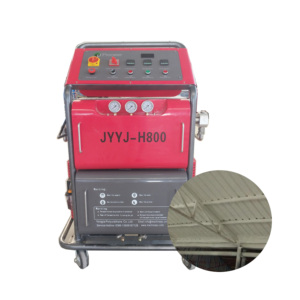













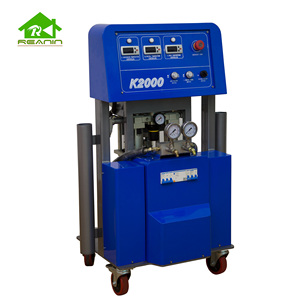
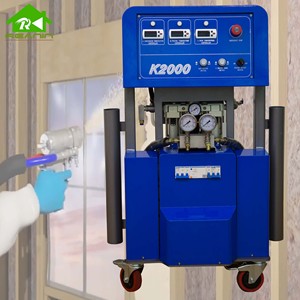













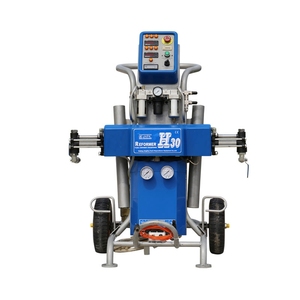

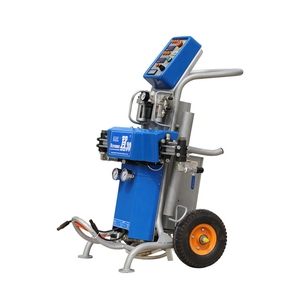



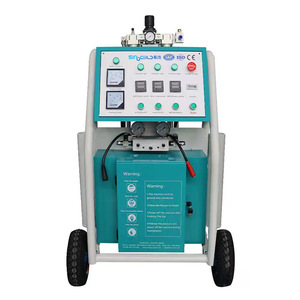
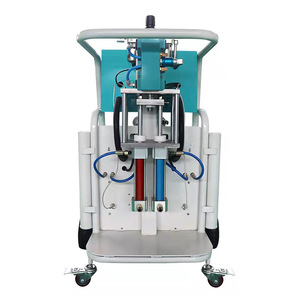

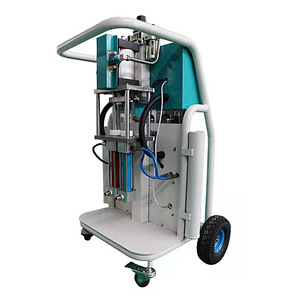










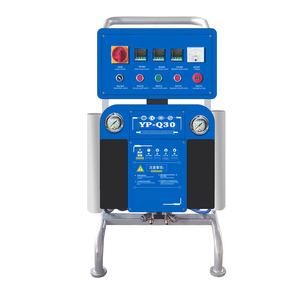
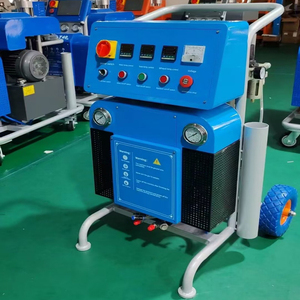
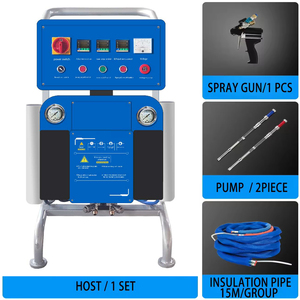
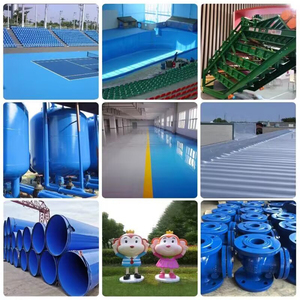





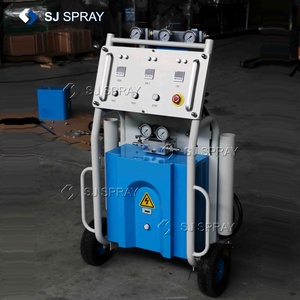



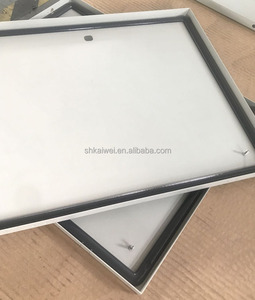
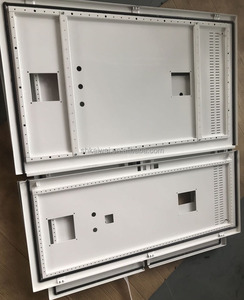














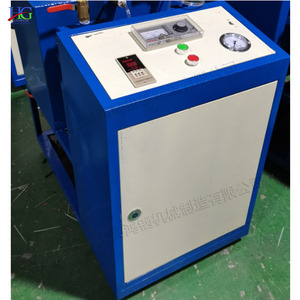







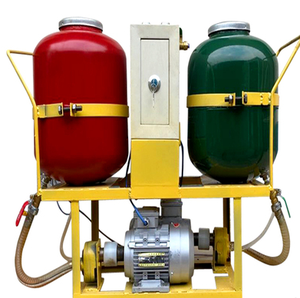



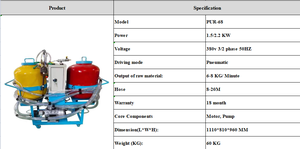








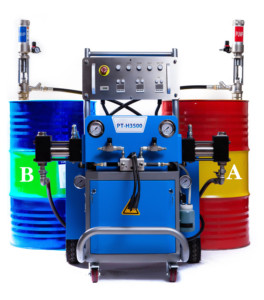


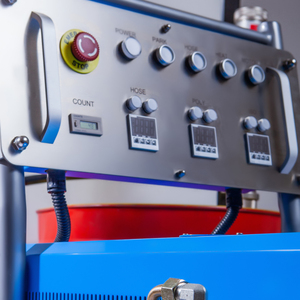





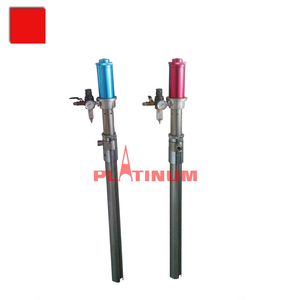
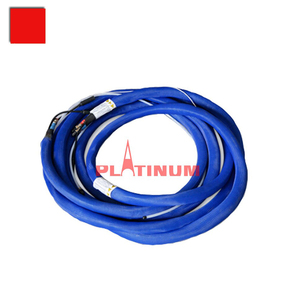

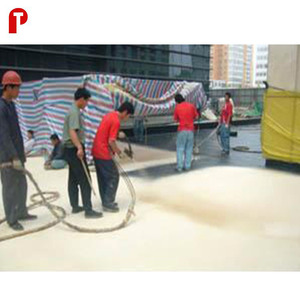

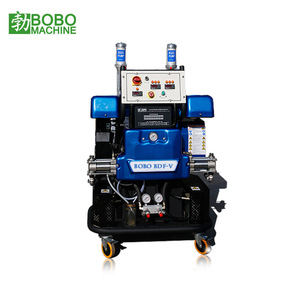
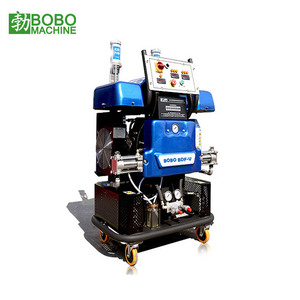





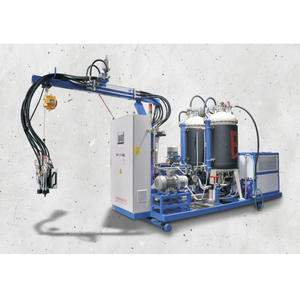

















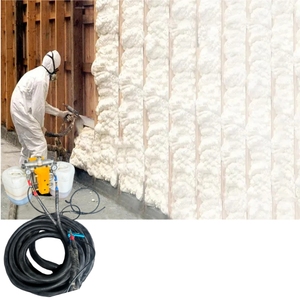

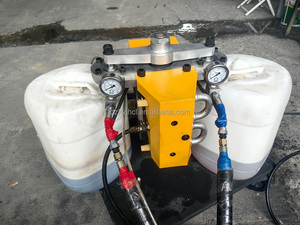



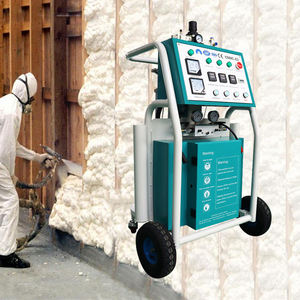


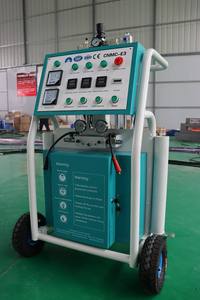



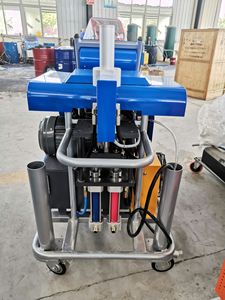
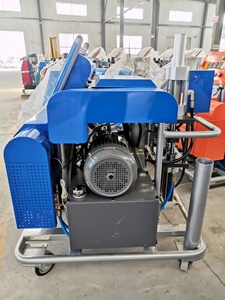
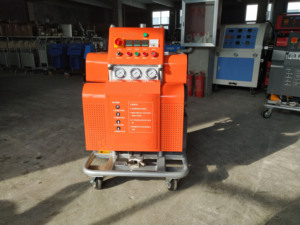















A spray foaming machine is a device for applying polyurethane foam to surfaces. It usually consists of a mix head, spray gun, heating, and mixing unit, along with raw material containers, a mobile platform, and a control panel. Different spray foaming machines can have diverse combinations of these components in accordance with their specific purpose.
Spray foaming machines can be divided according to how they function into air machines and electric machines. An air machine uses compressed air to drive the foam mix, which means it can operate with a variable spray pressure depending on the air compressor's capacity. On the other hand, an electric machine uses electricity to operate the spray gun and foaming movement, allowing for a more controlled foam application.
Another way to categorize spray foaming machines is by the heating method used for the foam components. Heat machines use an electric heat blanket wrapped around heated hoses, while heat transfer machines have a heat transfer unit that heats up the foam components through heat exchangers.
Spray foaming machines are also characterized by the number of components they can handle for spraying foam. One-component spraying machines are only used for one-component foam sealing spray, while two-component spraying machines are used for two-component spraying foam encapsulation.
The mobility of the spray foam applicator can also be used to categorize machines. Hand-held machines are portable units operated manually and are suitable for smaller projects or hard-to-reach areas. Stand-alone machines are more prominent, self-contained units, and they are used for large-scale applications that require a degree of mobility and independence.
Finally, there are high-pressure and low-pressure spray foam machines based on the foaming pressure. High-pressure spray foam machines are designed to handle high-pressure foam components, particularly for applications like insulation, air sealing, and creating structural elements. They utilize high-pressure proportioning pumps to mix and spray the foam with precision. Low-pressure spray foam machines handle low-pressure foam components and are mainly for insulation, cushioning, and soundproofing applications. They use low-pressure proportioning systems to ensure even distribution of the foam material.
Spray foam machines specifications may vary depending on the type and the Manufacturer. Here are some common spray foam machine specifications based on types:
Mixing Head:
A mixing element attached to the spray gun drives this. The specification here will vary depending on the particular application. However, it usually has a low shear design for gentle blending. The size ranges between 25 mm to 100 mm in diameter, with a length of 100 mm to 300 mm. The mixing head also has an integral foam stabilizer.
Air Compressor:
This provides the atomization energy needed for the foam material during spraying. The air compressor should be 15 to 30 kW to create enough air pressure and volume. The design pressure ranges between 0.2 to 0.4 MPa. The capacity is between 1.5 and 5 m3/min.
Transfer Pump:
Heated hydraulic or pneumatic pumps move the foam components from the mix tank to the spray gun. Hydraulic pumps are preferred for high-output applications. The Transfer pump has a flow rate of 2-30 L/min/s and a pressure of 15-25 MPa.
Heating System:
A spray foam generator will have a heating system to raise the temperature of the foam components. This is done through electric cartridges or water baths. The electric heating can be between 3 to 30 kw for the hose and 3 to 15 kw for the spray gun. The on-board temperature controls ensure a consistent temperature for efficient spraying.
Insulated Hoses:
These carry the foam components to the mixing chamber in the gun. The length will vary depending on the machine but usually ranges between 5 to 23 m. The diameter is up to 1 inch. The hoses have a heated jacket to maintain the temperature of the material during traveling.
Mixing Ratio:
The machine will have specific component mixing ratios. This is determined by the weight-to-volume ratio. A spray foam generator machine will have 1/10 to12 mixing ratios for liquid materials(likes s PF and Isocyanate) ,water and other additives.
For effective performance, the spray foaming machines require regular maintenance. Here are some essential maintenance tips for the machines:
Daily Cleaning:
Operators should flush out all the remaining foam material in the gun, hoses, and mixing chambers. Then run the cleaning solvent through to remove any residue. Afterwards, disassemble the gun and cleaning solvent.
Weekly Inspection:
Inspect the hydraulic and air hoses for any damage or foam leaks. Check the pressure-pump connections and mixing parts for sign wear. Operators should clean the filters and strainers. They should also Calibrate the machines to ensure accurate component mixing and spray pressure. The mixing tank should also be cleaned and disinfected to prevent any contamination.
Monthly Lubrication:
Spray foam machines have a moving part. For this reason, they should be regularly lubricated. Manufacturers recommended specific lubricant products. Operators should follow the guidelines strictly.
Quarterly Maintenance:
Every three months, the operator should replace the filters and check the heating elements. Ensure all the screws and bolts are tightly secured. It's also a good idea to schedule professional maintenance and inspections of critical components like the pumps, motors, and mixing mechanism.
The spray foaming machine has several applications in the construction and packaging industries. The machine is often used to install insulation and airtight seal for buildings and products.
Insulation in construction
The spray foaming machine is widely used to insulate buildings. The machine is used to apply polyurethane foam to cover empty spaces. Some spaces where spray foaming is applied include walls, attics, and around windows and doors. Spray foaming not only insulates the building but also seals off air leaks. This creates an energy-efficient space that has temperature control.
Longevity
Buildings that undergo spray foaming insulation have longer lifespans. This is because insulation protects the building from moisture and mold damage. It also prevents degradation of building materials due to temperature extremes.
Protective coating
A spray foaming machine can be used to apply protective coatings. The coatings are often applied to building roofs or exposed architectural features. The protective coating creates a waterproof barrier. It also protects the building from UV rays and chemical spills.
Packaging industries
The spray foaming machine is used to create protective packaging in the packaging industry. The machine is used to create packaging for delicate and fragile products. Spray foaming creates a cushioned packaging that absorbs external shocks and impacts. Protective packaging made from spray foaming also prevents scratches and damages to the products.
Automotive industries
In the automotive industry, a spray foaming machine is used to control sound and vibration in vehicles. Foam inserts are placed in strategic areas of the vehicle to dampen vibrations. They also reduce noise in the vehicle. This is typically done during vehicle assembly or customization after purchase.
Floating applications
A spray foaming machine is used to insulate floating objects. This includes boat hulls, pontoons, and docks. The insulation helps to maintain buoyancy. It also regulates temperatures of the object in extreme weather conditions.
Various factors must be considered when selecting a spray foam machine for building businesses. These factors include the capacity of the spray foam machine, the types of foam it can apply, and the essential features and accessories for successful application and ease of use.
Depending on the size of the projects, it is important to consider the machine's capacity. Small or portable machines may suffice for minor projects, but larger, more complex projects may require choosing a spray foam machine with high pressure and significant capacity to handle more substantial workloads. Quality performance is also crucial. Opt for a spray foam machine that can apply both open-cell and closed-cell spray foams. Some machines may need to be upgraded to apply a different type of foam, so it's always a good idea to choose a machine that is versatile.
Another spray foam machine consideration is essential features and accessories that promote efficient operation and ease of use. The machine should have features such as digital temperature control, strain relief devices, and quality hoses and spray guns. Digital temperature control ensures that the material can be heated to a specific level for proper installation and performance. The cables should have strain relief devices to ensure no disconnects happen at the gun end. Quality hoses and spray gun devices deliver high-pressure foam precisely where insulation is needed.
When purchasing a spray foam machine, it is essential to think about the extras included with the device, such as air compressors, drums, and spray guns. Some package deals provide everything in one package to save money. It might also help consider adding insulation to the home or facility, as this may affect the type of spray foam and machine chosen. Doing so can ensure customers are satisfied and results are exceptional.
Q1: What materials can be applied using a spray foam machine?
A1: Spray foam machines can apply various types of materials depending on the machine's model and specifications. Common materials include polyurethane foam, polyurea coating, silicone foam, epoxy, polyester, and more.
Q2: Can a spray foam machine be used for both residential and commercial applications?
A2: Yes, spray foam machines are versatile and suitable for both residential and commercial applications. Whether insulating a home, sealing commercial buildings, or accessing hard-to-reach areas, there's a spray foam machine designed for the job.
Q3: What is the average lifespan of a spray foam insulation machine?
A3: With proper care and regular maintenance, foam insulation machines can last for many years, typically ranging from 10 to 20 years or more.